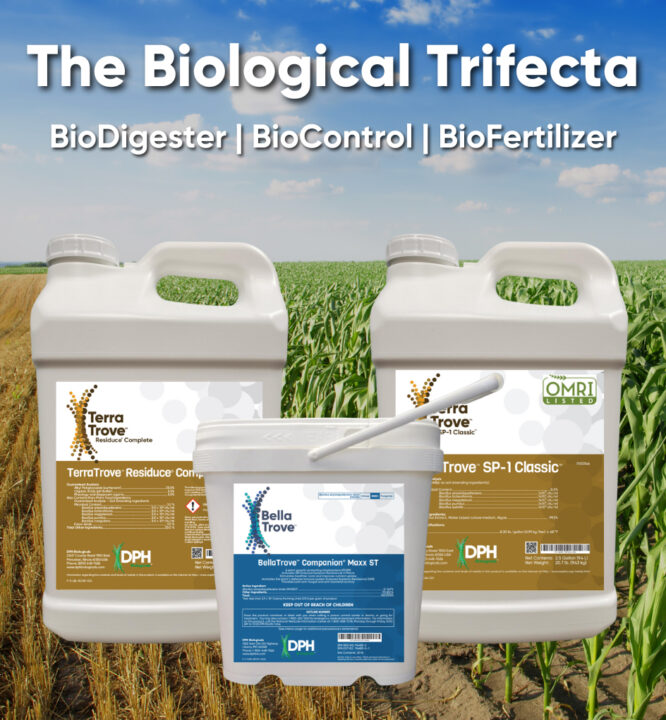8 Best Management Practices For Spray Drift Control
Dr. Robert Wolf, Wolf Consulting & Research, LLC, Mahomet, IL, is one of the leading experts in drift management strategies. The past few years, Wolf has spent much of his time conducting the On Target Application Academy (with cooperation from TeeJet Technologies and BASF).
In his training, Wolf offers a list of drift management strategies that he works from. Thus, here are eight best management practices applicators should follow to manage spray drift, according to Wolf.
- Nozzle Selection: The key with nozzle selection is finding a balance between drift reduction and maintaining maximum product efficacy.
- Use Lower Pressure: Wolf advises that using a drift reduction nozzle at low pressure (30-40 psi) can result in uneven spray patterns/coverage and recommends using air induction nozzles at pressures between 50-80 psi.
- Increase Flow Rates: The problem with using less water in applications is that it typically results in smaller, more drift-prone spray droplets.
- Lower The Boom Height: Wolf recommends applicators get their boom heights down to 24 inches, which he says “goes a long way toward reducing drift.”
- Watch Application Speeds: Wolf says many applicators are unaware that higher application speeds require higher pressure to deliver the correct volume.
- Avoid Adverse Weather Conditions: Wolf says an applicators best option is always to choose to not spray when environmental conditions are not favorable.
- Use Buffer Zones: The increase in different herbicides, coupled with label requirements, in the near future will make these more important for applicators to achieve proper on-target work. However, size could be an issue.
- Consider Other Technology Solutions: According to Wolf this could include the use of shields, air-assist or pulse-width modulation or drift reduction additives such as adjuvants.
1
1
5
8 Best Management Practices For Spray Drift Control






